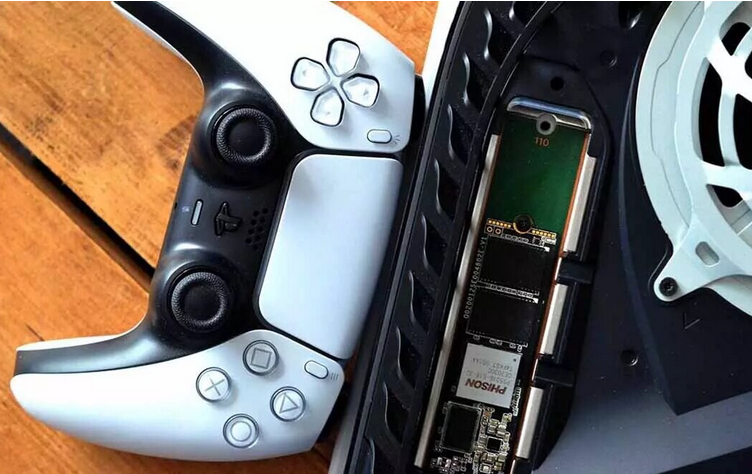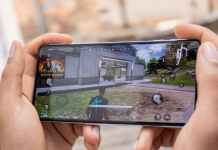
One of the most anticipated features by PS5 users is the ability to expand the storage of the Sony console. The internal SSD that accompanies the system seems scarce for many users, so many were happy after knowing the start of the beta that allows this function.
Digital Foundry has already been able to add a new card, specifically a Samsung 980 Pro SSD. It is important to remember that the Japanese company indicates that it must be Gen4 x4 M.2, the capacity can vary between 250GB and 4TB, and a reading speed of 5,500 MB / s or more is recommended.
The Samsung 980 Pro fits the bill, boasting a read speed of 6500MB / s and 500GB of capacity. With the cards on the table, the group has checked the loading time of PS4 and PS5 games.
The truth is that the results are mixed. In general, the card Samsung managed to load faster PS4 games that run in backward compatibility modes, such as Final Fantasy XV or Fallout 4 . Of course, in the case of Battlefield V, the PS5 system itself continues to win the battle.
On the other hand, things change if we go to the PS5 titles or with versions for this console. A Plague Tale Innocence or Star Wars Jedi: Fallen Order win the game with Samsung, although the difference with the internal SSD is relatively tiny. On the other hand, the performance is practically similar with Ratchet & Clank: A Dimension Apart, as are the loading times.
It should be noted that all these tests had a third format, which included a heat sink for the Samsung 980 Pro. This heatsink is recommended by Sony, although it is not essential. In many cases, the times were shortened, although not significantly.
Finally, the transfer time of a game, specifically, was checked Cyberpunk 2077. In all cases, the Samsung 980 Pro internally won with a big difference by five or more minutes compared to other options such as a Samsung 870 QVO SATA SSD with a USB connection and a Seagate external hard drive, also with a USB connection. In the case of Seagate, the wait time was over a quarter of an hour.

Sharlene Meriel is an avid gamer with a knack for technology. He has been writing about the latest technologies for the past 5 years. His contribution in technology journalism has been noteworthy. He is also a day trader with interest in the Forex market.











